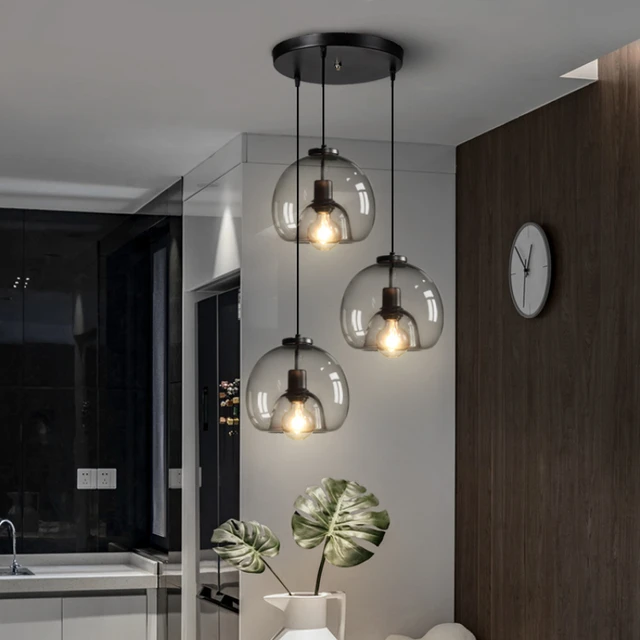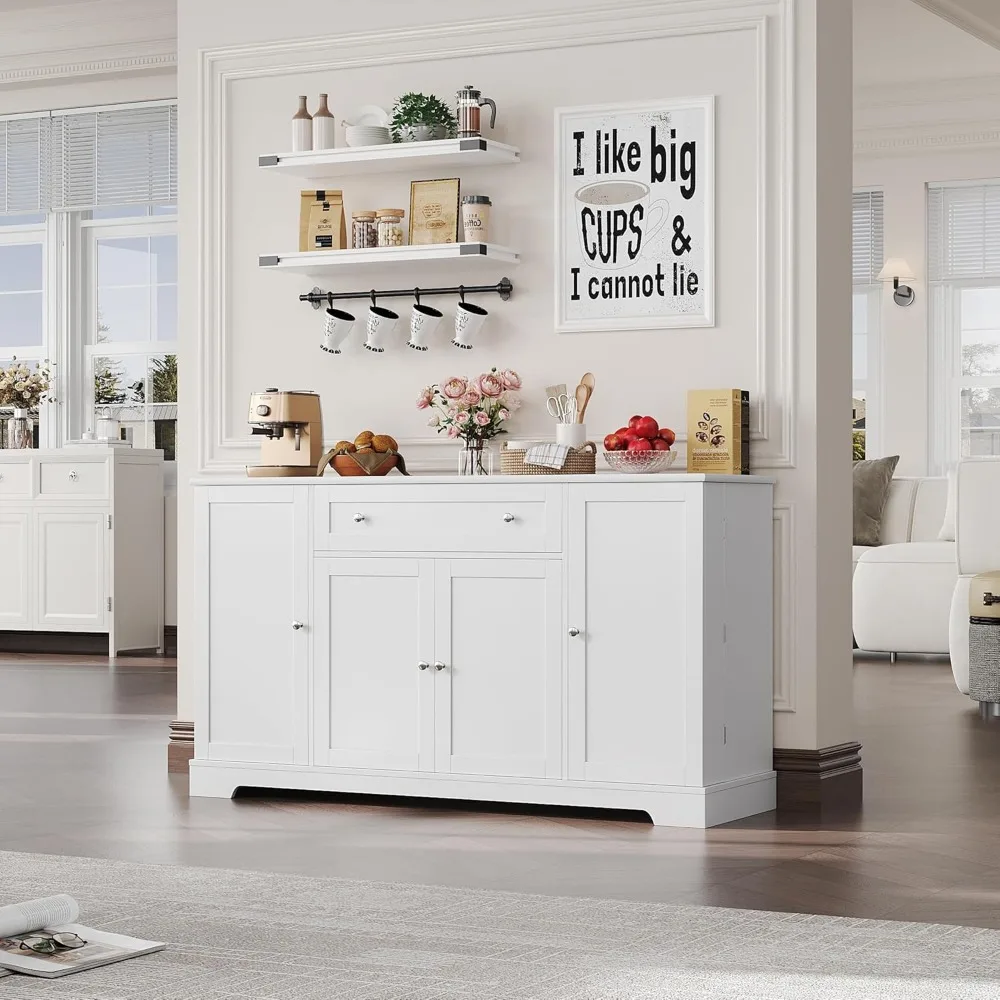 Introduction:
Introduction:
Designing a light gray kitchen can create a modern and elegant space that exudes calmness and sophistication. Light gray is an increasingly popular color choice for kitchens due to its versatility and ability to complement various design styles. In this comprehensive guide, we will explore the various aspects of creating a light gray kitchen, including choosing the right shade of gray, coordinating with other colors and materials, incorporating different styles and themes, and highlighting key design elements. By following these guidelines, individuals can confidently create a light gray kitchen that reflects their personal style and enhances the overall aesthetics of their home.
 Choosing the Right Shade of Gray
Choosing the Right Shade of Gray
Consider the Lighting:
Evaluate the natural and artificial lighting in the kitchen to determine how different shades of gray will appear.
Test sample swatches of light gray paint or materials in the kitchen to see how they interact with the light.
Contrast and Balance:
Determine whether you prefer a warm or cool undertone in your light gray kitchen.
Consider how the chosen shade of gray will complement other colors or materials in the space.
Coordinating with Other Colors and Materials
Neutral Palette:
Light gray pairs well with a neutral color palette, such as white, beige, or cream.
These colors create a serene and timeless look in the kitchen.
Accents and Highlights:
Add pops of color through vibrant accessories, artwork, or plants to create visual interest and contrast in the light gray kitchen.
Materials and Finishes:
Choose complementary materials and finishes that enhance the light gray color scheme, such as stainless steel appliances, white or light gray cabinetry, and marble or quartz countertops.
Incorporating Different Styles and Themes
Modern and Minimalist:
Use sleek, handleless cabinets and minimalist hardware for a contemporary look.
Incorporate clean lines and open shelving to enhance the minimalist aesthetic.
Farmhouse or Rustic:
Combine light gray with natural textured materials like reclaimed wood or exposed brick for a charming farmhouse or rustic kitchen.
Use vintage-inspired fixtures and distressed finishes to complete the look.
Scandi or Nordic:
Emphasize light gray’s calming qualities by incorporating Scandinavian or Nordic design elements.
Opt for light wood accents, simple patterns, and understated furniture for a clean and inviting space.
Highlighting Key Design Elements
Backsplash and Flooring:
Consider a contrasting backsplash, such as white subway tiles, to add visual interest.
Choose flooring materials that complement the light gray color scheme, such as light wood, marble, or light gray tiles.
Fixtures and Hardware:
Select fixtures and hardware that enhance the overall aesthetic of the kitchen.
Opt for polished chrome or brushed nickel finishes to add a touch of elegance to the light gray space.
Lighting:
Incorporate various lighting elements, such as pendant lights or under-cabinet lighting, to highlight specific areas of the kitchen and create ambiance.
Light gray kitchens have been gaining popularity due to their sleek and modern appearance. Here are some current trends related to light gray kitchens:
Neutral Color Palettes: Light gray kitchens are often part of a larger trend towards neutral color palettes. The use of whites, grays, creams, and other soft tones creates a calm and timeless aesthetic. These neutral color schemes provide a versatile backdrop for various design elements and allow for easy coordination with other colors and materials.
Minimalist Design: Light gray kitchens frequently embrace minimalist design principles, focusing on clean lines, simplicity, and functionality. Minimalist designs often prioritize ample storage, uncluttered countertops, and streamlined cabinetry without intricate detailing.
Contrasting Accents: To add visual interest and depth to a light gray kitchen, accent elements in contrasting colors are often incorporated. For example, darker countertops, black or brass hardware, or bold backsplashes can provide a striking contrast against the light gray cabinetry or walls.
Mixed Materials: Light gray kitchens commonly incorporate a mix of materials to create texture and dimension. This can include natural wood accents, stone or quartz countertops, and sleek metallic finishes. Mixing different materials adds visual interest and brings warmth to the overall design.
Open Shelving: Open shelving has become a popular trend in light gray kitchens. It replaces upper cabinets with exposed shelves, providing an opportunity to display decorative items, showcase dishes, or add a touch of personal style. Open shelving can also create a more spacious and airy feel in the kitchen.
Integrated Appliances: To maintain a clean and seamless look, light gray kitchens often feature integrated appliances. By concealing appliances behind matching cabinetry panels or utilizing built-in options, the kitchen maintains a cohesive and uncluttered appearance.
Industrial Touches: Incorporating industrial elements in light gray kitchens has become a popular trend. This can include exposed piping, metal accents, or utilitarian lighting fixtures. These industrial touches add a modern and edgy vibe to the overall design.
Sustainable Materials: With a growing focus on sustainability, light gray kitchens often include eco-friendly materials. Recycled or renewable materials, such as bamboo or reclaimed wood, are used for flooring, countertops, and cabinetry, ensuring a greener and more environmentally conscious design.
These trends showcase the versatility and contemporary appeal of light gray kitchens. By incorporating these elements, homeowners can create a stylish and functional kitchen that stands the test of time.
 Some maintenance tips for a light gray kitchen:
Some maintenance tips for a light gray kitchen:
Maintaining a light gray kitchen requires regular cleaning and proper care to preserve its appearance and durability. Here are some maintenance tips for a light gray kitchen:
Daily Cleaning:
Wipe down the countertops, cabinets, and other surfaces regularly with a soft cloth or sponge and a mild, non-abrasive cleanser. Avoid using harsh chemicals or abrasive cleaning tools that can damage the finish.
Stain Prevention:
Promptly clean up any spills to prevent them from staining the surfaces. Light gray surfaces can be more susceptible to visible stains, especially from highly pigmented substances like red wine, coffee, or fruit juice. Use a gentle cleanser or a specialized stain remover if necessary.
Avoid Scratches:
Take precautions to prevent scratches on the surfaces. Use cutting boards when chopping or slicing food, and avoid dragging heavy or sharp objects directly on the countertops or cabinet doors. Place protective pads or mats under small appliances and cookware to prevent scratching.
Sealing and Maintenance:
Depending on the material used for the light gray surfaces, it may be necessary to apply sealants or protective coatings to maintain their appearance and protect against staining. Follow the manufacturer’s instructions for sealing and recommended maintenance procedures.
Regular Dusting:
Dust the surfaces regularly to remove any dirt or particles that can accumulate over time. Use a soft, dry cloth or a duster to gently wipe away the dust.
Avoid Heat Damage:
Protect the light gray surfaces from direct heat exposure. Use trivets or hot pads under hot pans, pots, or other heated cookware to prevent heat damage or discoloration.
Avoid Harsh Chemicals:
Use gentle, non-abrasive cleaning products that are specifically formulated for the surfaces in your light gray kitchen. Avoid using harsh chemicals, abrasive cleaners, or scrub brushes that can cause damage or discoloration.
Regular Inspections:
Periodically inspect the light gray surfaces for any signs of damage or wear. Address any issues promptly to prevent further damage and maintain the overall appearance of the kitchen.
Remember to consult the manufacturer’s instructions and recommendations for specific maintenance guidelines based on the material of the light gray surfaces in your kitchen. Following these maintenance tips and establishing good cleaning habits will help keep your light gray kitchen looking clean, fresh, and well-maintained.
 Conclusion:
Conclusion:
Designing a light gray kitchen enables individuals to create a sophisticated and versatile space that exudes modernity and calmness. By carefully selecting the shade of gray, coordinating with other colors and materials, incorporating different styles and themes, and highlighting key design elements, individuals can create a light gray kitchen that suits their personal taste and enhances the overall aesthetics of their home. Embrace the knowledge shared in this guide to confidently design a light gray kitchen that is both visually stunning and functional, and enjoy a stylish and inviting space for cooking and gathering.

 Some current trends related to light gray kitchens:
Some current trends related to light gray kitchens: